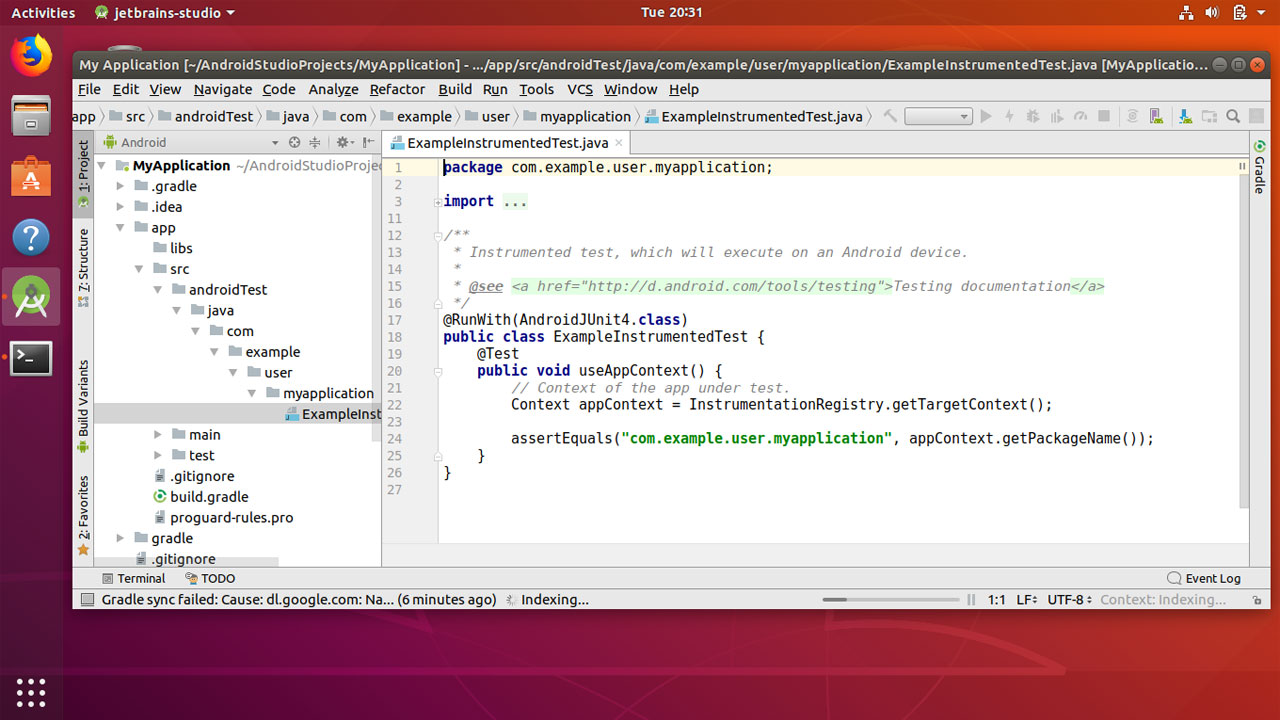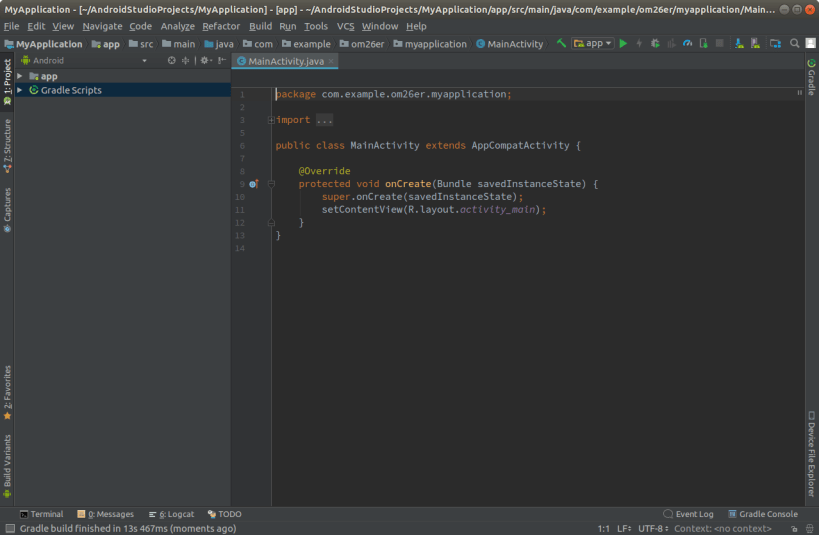

You may be prompted to alter some configuration parameters. Replace “my_avd_30” with any name of your choice. Run the following command to create a new AVD:

To create a new AVD, you need to use the system image you downloaded in the step above. You can always use the “list” switch to find correct command and version numbers: Create a New AVDĪVD or “Android Virtual Device” is a set of configuration parameters that defines values for a virtual device that will emulate a real Android hardware device. Next, download the following packages using the same API level number you finalized in the step above:įor instance, if you decided to use “system-images android-29 default x86_64” as the system image, the command would change to:

Download System Image and Corresponding Packages Find the Android version corresponding to the API levels from here and make a note of the appropriate system image you want to use in the emulator and the API level number. You will see some numbers like “27”, “28” etc. You should get some output similar to this: To get a list of downloadable system images, run the command below: Next you need to make a note of the system image you want to load in the Android emulator. Install some packages required for the Android emulator to work: Find Correct System Image to Use Next, run the following command to list available and installed packages: Go to the “tools/bin” folder, launch a new terminal window and run the following command to update repository details: Your final directory layout should look like this: Install Required Packages Copy and paste all files from “cmdline-tools” folder to “tools” folder.


 0 kommentar(er)
0 kommentar(er)
